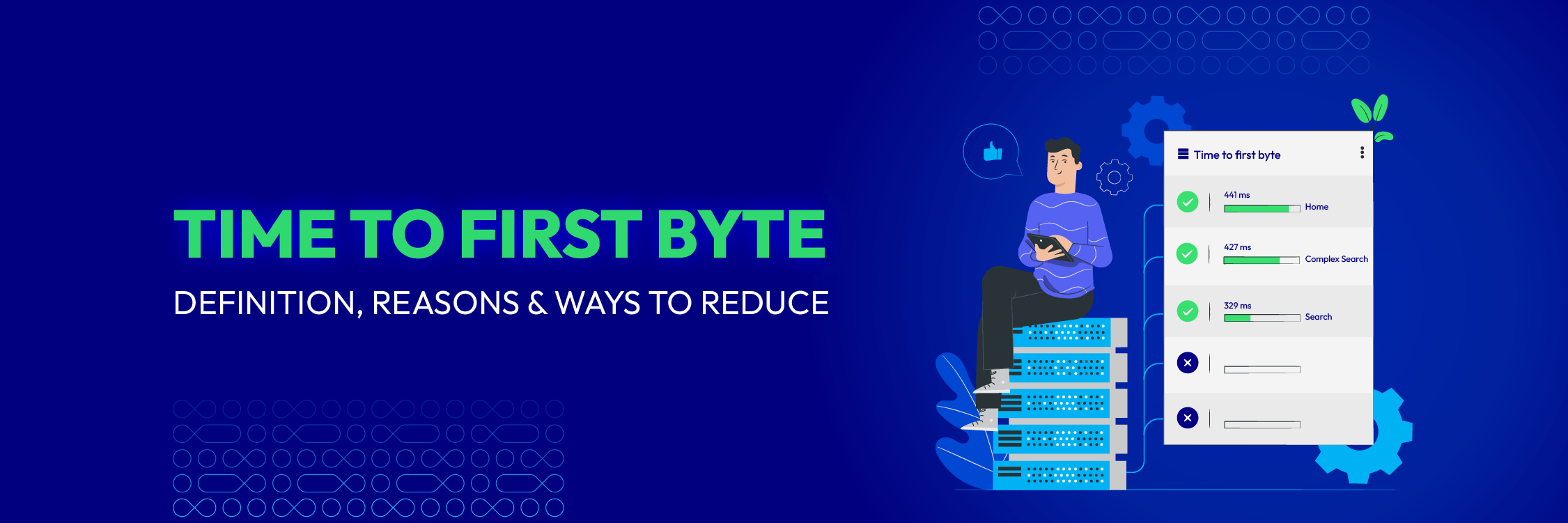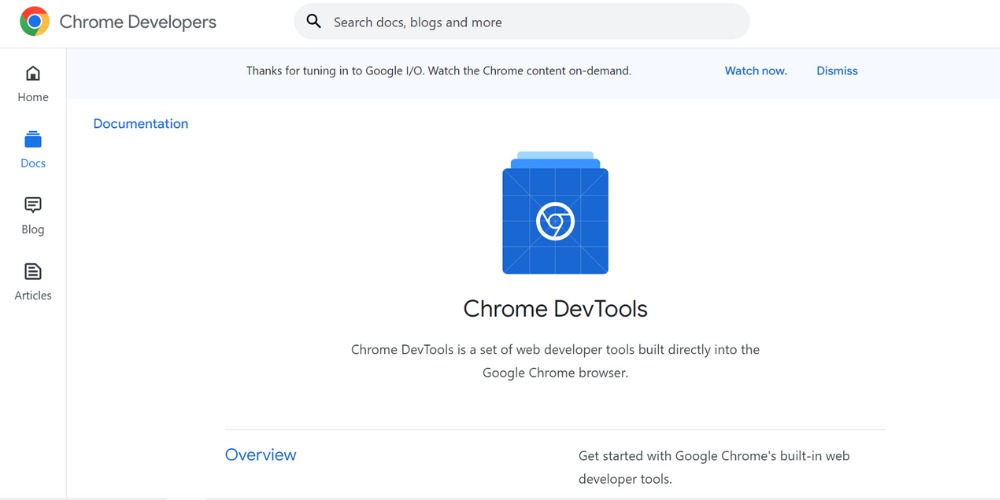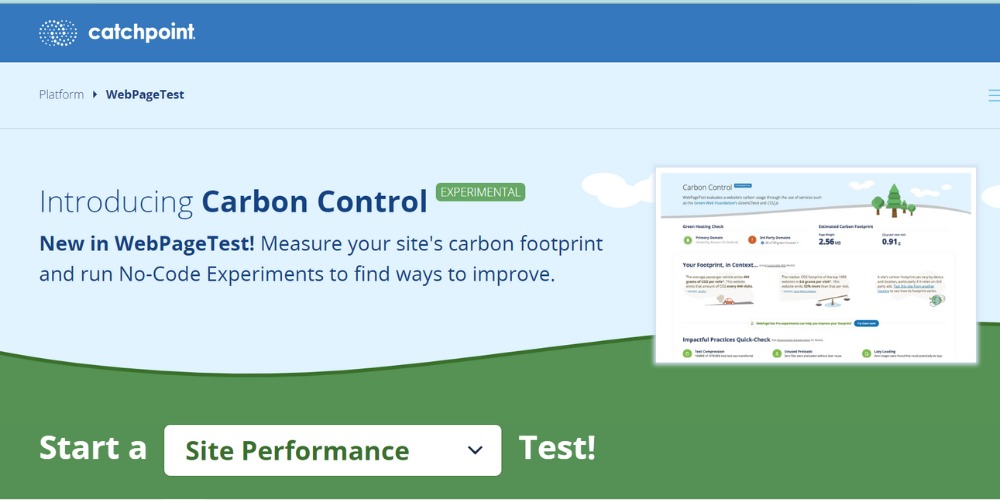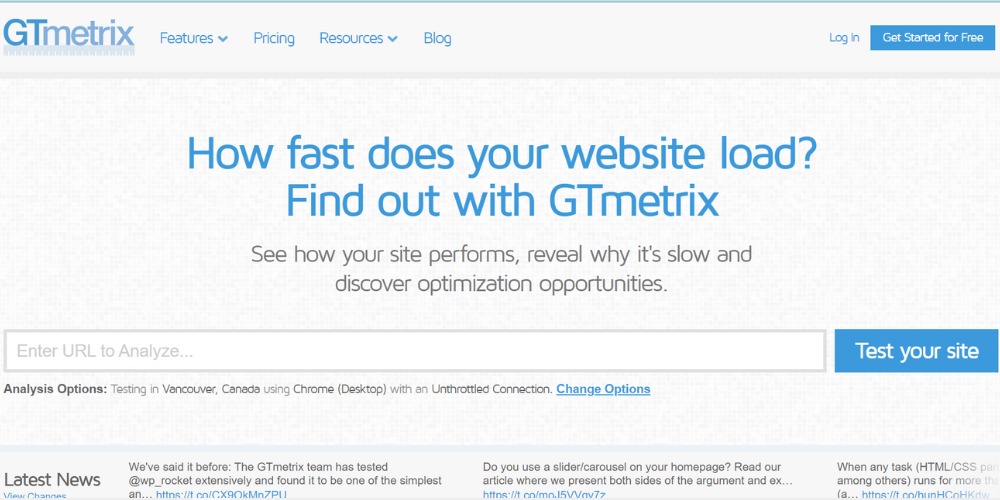Time To First Byte: Definition, Reasons & Ways To Reduce
Summer Nguyen | 09-25-2023

Every millisecond counts in the immediate nature of online interactions. The Time To First Byte (TTFB) is an essential indicator that substantially impacts a website’s performance and user experience. TTFB measures how long it takes a user’s browser to wait after sending a request for a response before receiving the first byte of data from a server.
This article will delve into how to improve Time To First Byte. By optimizing the Time To First Byte, you can enhance user satisfaction, improve search engine rankings, and ultimately drive more conversions and engagement.
What is Time To First Byte (TTFB)? Is TTFB Important?
Time To First Byte (TTFB) is a crucial performance metric that measures the time it takes for a browser to receive the first byte of data from a web server after sending a request. It represents the initial server response time and is often considered the first significant milestone in a web page’s loading process.
TTFB includes the time required for the server to process the request, generate a response, and transmit the first byte back to the user’s browser. It encompasses various factors such as server processing time, network latency, and data transfer time.
Time To First Byte is important for the following reasons:
- Web performance: Time To First Byte helps identify weak points in the connection process, allowing enterprises to tweak their services to perform faster and more reliably. Since a website’s speed can impact its web search rankings, Time To First Byte has become crucial to optimizing performance.
- SEO impact: Time To First Byte is a critical dimension for any website because it affects ranking and user experience, so it is essential to make the TTFB value as low as possible.
- User experience: Time To First Byte is a way to measure the speed of a webpage. The lower the Time To First Byte, the faster a web server responds, which directly impacts the end-user experience of a website.

What is a good Time To First Byte?
A good TTFB score is typically below 200 milliseconds. Specifically, according to Google, a good TTFB speed is lower than 200 milliseconds. This number varies depending on the type of information on the page:
- For serving static content, TTFB should be less than 100ms.
- For dynamic content, the TTFB should be between 200 and 500 ms.
- If the time taken to serve the first byte of content exceeds 500 milliseconds, users are likely to leave the website, and Google may lower the website’s ranking.
It’s recommended that most sites strive to have a Time to First Byte of 0.8 seconds or less so that the 75th percentile of users experience a good First Contentful Paint (FCP) within the “good” threshold.
Why is Your Time To First Byte Slow?
A sluggish Time To First Byte (TTFB) can result from various circumstances. Here are a few typical explanations:
Inefficient server processing
- Inadequate server resources: Insufficient CPU power, memory, or disk space can hamper the server’s ability to process requests quickly, resulting in slower TTFB.
- Poorly optimized code: If the server-side code is not efficiently written or lacks optimization, it can lead to increased processing times and, ultimately, slower TTFB.
- Complex database queries: If your website relies heavily on database interactions and the queries are complex or not optimized, it can significantly slow down TTFB as the server retrieves and processes the requested data.
Sluggish server connection speed
- Limited bandwidth: If the server has limited available bandwidth, data transmission can be slower, leading to higher TTFB.
- Network congestion: High levels of network congestion or bottlenecks between the server and the user’s browser can delay data transmission, thereby increasing TTFB.
- Geographical distance: Physical distance between the server and the user can introduce latency, especially when the server is located far away. This latency can contribute to slower TTFB.

Read more: 408 Request Timeout: Core Reasons And Useful Solutions
External APIs utilization
- API response times: Slow responses from the external APIs can introduce delays in TTFB as the server waits for the necessary data before sending the first byte to the user.
- Network latency: High latency between your server and the external API servers can result in slower data retrieval, thereby increasing TTFB.
- Overutilization or limitations: If your website exceeds the allowed number of requests or concurrent connections to the external APIs, it can cause delays and affect TTFB.
How to Reduce Time To First Byte?
The following six recommendations will help your website’s Time To First Byte (TTFB) decrease:
1. Utilize a quick host server

A quick host server plays a crucial role in reducing TTFB. Choosing a reputable hosting provider with a fast and reliable server infrastructure is essential. Look for providers known for their high-performance servers and low-latency connections.
They should have powerful hardware components such as fast CPUs, ample RAM, and solid-state drives (SSDs) that can improve processing and data retrieval speeds. Additionally, hosting providers with robust network connections can minimize the time data travels between the server and the user’s browser.
2. Reduce the use of third-party plugins
Third-party plugins can add significant overhead and increase TTFB. It’s essential to assess each plugin’s necessity and consider removing or disabling any that are unnecessary or redundant.
Each plugin introduces additional server-side processing and can potentially have dependencies on external resources or make extensive API calls, further increasing TTFB. Minimizing the number of plugins used on your website can streamline the server’s processing and improve TTFB.
3. Activate caching layers
Implementing caching mechanisms can significantly reduce TTFB by storing pre-generated content and minimizing the need for repeated server processing.
Server-side caching involves using mechanisms like opcode, object, or full-page caching. These caching layers store the generated content so that subsequent requests for the same content can be served quickly without requiring intensive processing.
Additionally, configuring the server to set appropriate caching headers and leveraging browser caching allows static resources to be stored locally by the user’s browser, further reducing the need for repeated requests to the server.
4. Make use of a content delivery network

Implementing a CDN can significantly improve TTFB by distributing your website’s static assets (such as images, CSS, and JavaScript files) across multiple servers in different geographic regions. This ensures that users receive content from a server closer to their location, reducing the latency and improving TTFB.
CDNs also often offer edge caching, where frequently accessed content is cached at strategic locations worldwide, further reducing the time it takes to fetch content.
5. Utilize compression and minification
Compressing and minifying your website’s resources can help reduce their file sizes and improve TTFB. Enabling Gzip compression on the server compresses website resources before transmitting them to the user’s browser, resulting in faster downloads and reduced data transfer.
Minification involves removing unnecessary characters, whitespace, and comments from CSS, JavaScript, and HTML files. Smaller file sizes enable faster downloads and processing by the browser, thereby improving TTFB.
6. Improve the images on your site
Images can have a significant impact on TTFB. Optimizing images by resizing them to appropriate dimensions and reducing their file sizes while maintaining acceptable quality can greatly improve TTFB. This can be achieved using tools such as image compression algorithms and formats (e.g., JPEG, PNG) specifically designed for web use.
Additionally, implementing lazy loading techniques, where images are loaded only when they become visible within the user’s viewport, reduces the initial load time and TTFB.
It takes technical know-how or support from web developers or system administrators to implement these recommendations. Your website’s performance should be regularly monitored, tested, and benchmarked to allow you to gauge the success of these optimizations and, if necessary, make any additional adjustments.
Which Tools are Effective to Measure Time To First Byte?
Chrome DevTools

The Google Chrome browser has a built-in web development and debugging tool called Chrome DevTools. It offers various functionality, including monitoring networks, which can be used to calculate TTFB.
You may view various network metrics, including TTFB, for each resource loaded by the page by opening the DevTools, going to the Network tab, and refreshing the page.
Strengths:
- Built-in tool: Chrome DevTools is readily available within the Google Chrome browser, making it easily accessible without additional installations or setups.
- Real-time monitoring: It provides real-time monitoring of network requests and performance metrics, allowing you to observe TTFB and other relevant data as you interact with your website.
- Detailed analysis: DevTools offers a comprehensive set of features, including waterfall charts, timing breakdowns, and resource-specific metrics, enabling in-depth website performance analysis.
Weaknesses:
- Limited testing options: Chrome DevTools primarily analyzes website performance within the Chrome browser, limiting its ability to simulate diverse testing environments or multiple locations.
- Single browser compatibility: The metrics obtained through DevTools may not fully represent performance experiences in other browsers or browser versions.
WebPageTest

With the help of the well-liked online application WebPageTest, you can evaluate and test how well your website functions on various places and gadgets. It offers comprehensive performance reports, including TTFB measures. You can set the testing site, browser, and connection speed to mimic real-world situations.
Strengths:
- Testing from multiple locations: WebPageTest allows you to choose from various testing locations worldwide. Thus, it helps you understand how your site performs for users in different geographic regions.
- Advanced testing options: It offers a range of advanced testing options, such as simulating different connection speeds and testing on various browsers and devices.
- Detailed reporting: WebPageTest generates detailed performance reports, including waterfall charts, performance grades, and recommendations.
Weaknesses
- Limited real-time monitoring: It does not provide real-time monitoring of network requests like Chrome DevTools, making it less suitable for immediate debugging.
GTmetrix

GTmetrix is another widely used web performance analysis tool that provides insights into website speed and optimization. It uses various performance metrics, including TTFB, to evaluate the loading speed of your website. GTmetrix offers detailed reports with recommendations on how to improve TTFB and other performance-related aspects.
Strengths:
- Simplicity and ease of use: GTmetrix offers a user-friendly interface with straightforward testing options, making it accessible to users with varying technical expertise.
- Comprehensive insights and recommendations: It generates detailed reports with performance scores, waterfall charts, and specific recommendations for improving TTFB and other performance metrics.
Weaknesses:
- Limited free features: Some advanced features and detailed reporting options may require a paid subscription to access.
- Limited real-time monitoring: GTmetrix primarily focuses on providing detailed reports after testing, rather than real-time monitoring during live interactions.
Conclusion
In conclusion, Time To First Byte (TTFB) plays a crucial role in website performance and user experience. A slow TTFB can result in longer loading times, frustrating users, and potentially leading to higher bounce rates. By implementing these recommendations, website owners may give visitors a quicker and more enjoyable browsing experience, which may boost engagement, conversions, and customer satisfaction.
Keep in mind that TTFB is only one component of a website’s total performance. Optimization must be approached holistically to provide an outstanding user experience, considering other performance indicators like page load speeds and responsiveness.




